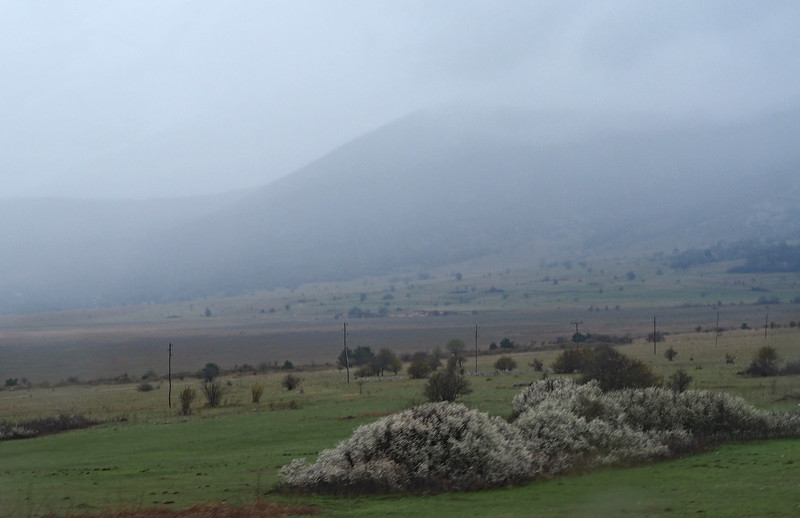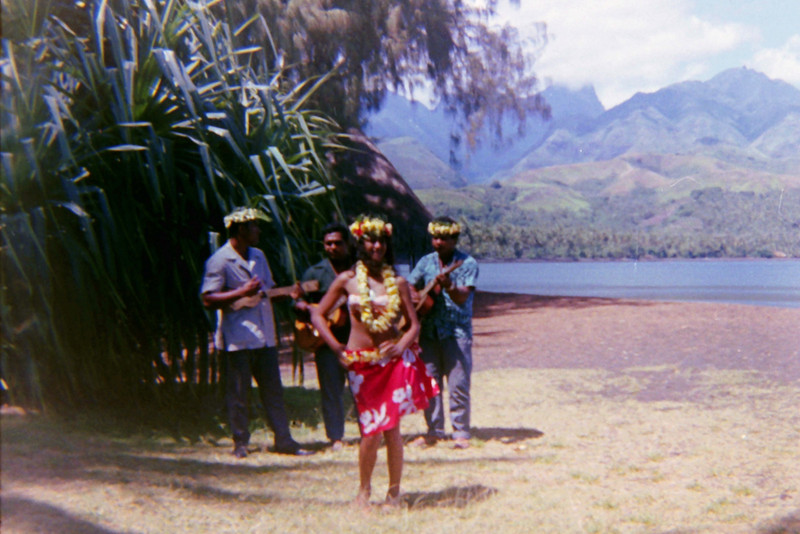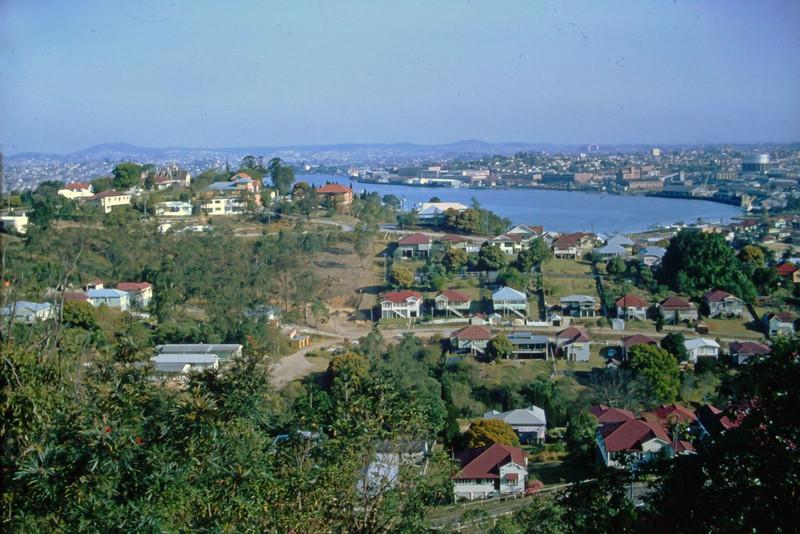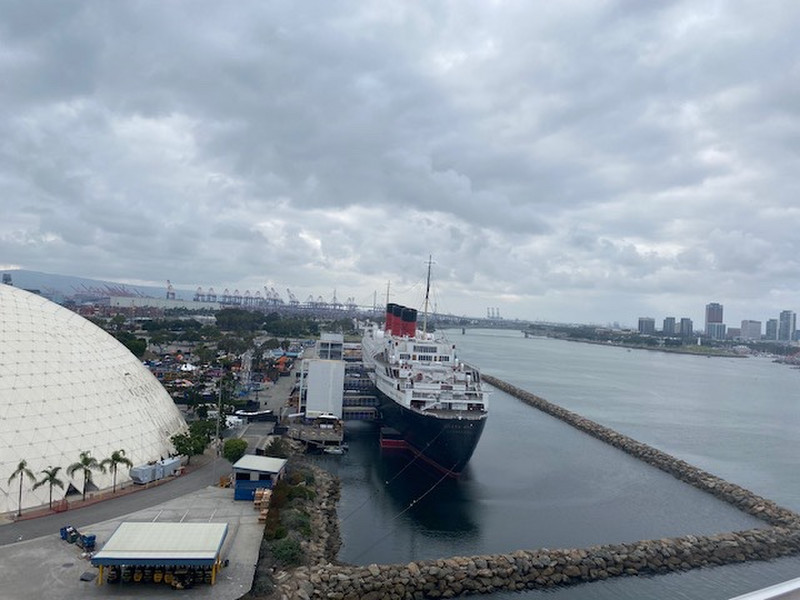Our departure from Starigrad was in the rain, but since we were driving, that was ok. In dramatic swoops we rose through the mountainous hills of the coast into steep rocky landscape. A fast toll road took us through a 12 km tunnel into a higher, lusher plateau dotted with bushes. Further on, in a long valley, cows were grazing. Substantial farm houses and loosely formed villages showed that agriculture sustained this area.
Almost imperceptibly the rain passed through sleet into light and persistent snow. The temperature had dropped from 12 Celsius to 3 Celsius. For some time the snow didnt stick to the ground or the road; until it did tinge the grass and then accumulated on the roadsides, and finally coated the trees. Even more astonishing, it had blanketed the Plitvice Lakes National Park where we were to hike. Manka and Tomas exclaimed that they had never seen snow at this time of year in this place; Manka had already told us that there were no other attractions in the journey today, and that we would walk regardless of the weather, meaning rain of course.
of reality, we put on our sweaters and coats, loaned each other scarfs and hats and poles, and walked to the shuttle bus that took us up to the top of the path. Most of the path was groomed and easy for our hiking boots. We photographers quickly dropped to the back as we struggled hopelessly to keep our cameras a little dry while capturing the eerie beauty. The formation of lakes and waterfalls was a cascade of plates flowing into each other. Pretty falls, then placid water, then falls, then placid water. The lakes reflected the shades of grey in the sky, and the falls decorated them with the lace of rushing water. Dark tree limbs framed Green new leaves dripped with shiny water droplets. Almost every step revealed new visions, causing Lelia, Susan and I, carefully watched by Manka, to fall farther and farther behind the gazelles of the group.
Carefree walking was stymied by a long series of boardwalks over the wetlands, that when dry would have be a joy to experience. Unfortunately, the wet snow tromped on by a fair number of park visitors created slushy ice, requiring great attention to foot and
Eventually we all joined together to take the boat ride across to the service buildings and another walk to the very restaurant. The huge washrooms reminded us of ski chalets where people similarly strip off their wet outer gear. Lunch was cafeteria style; I had grilled fresh sardines, mixed vegetables (seemed the kind frozen in a bag), potatoes, and a hearty piece of apple strudel.
The trip reversed itself through elegant, towering, evergreens for an hour or so as we descended into a new, long valley in rain. We were on a main road, but not a toll road; it was two lanes without much shoulder. The vegetation became thicker as we wound around mountains down towards the sea again.
Off a small road, we stopped at an old traditional mill, now restored for tourists. The mill was built at the natural falls on the Gacka River; the water rushed through wooden gates and turned paddles. On the other side, a still pond hosted Mallard ducks, which were quite capable of resisting the pull back into the onrushing river. The historical importance of the mills was as an economic









